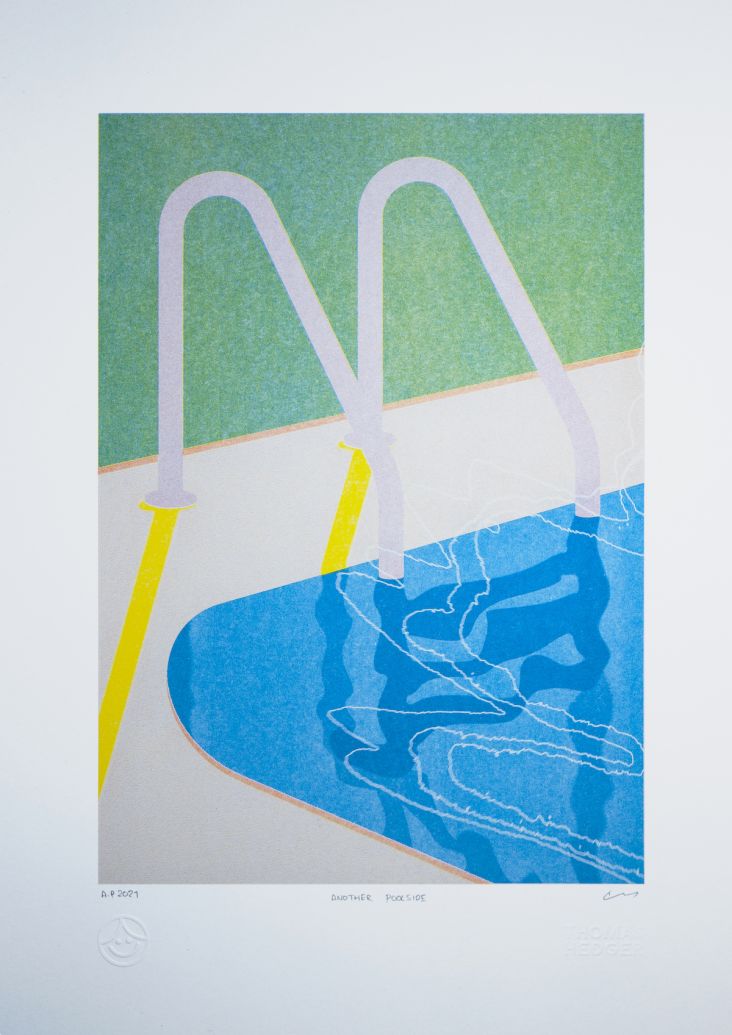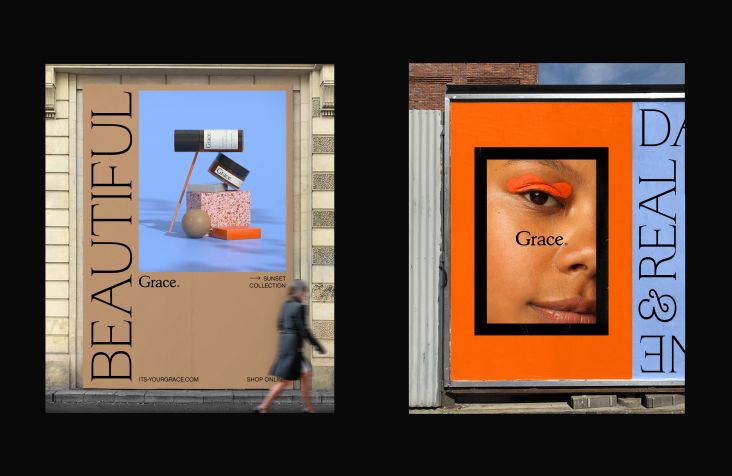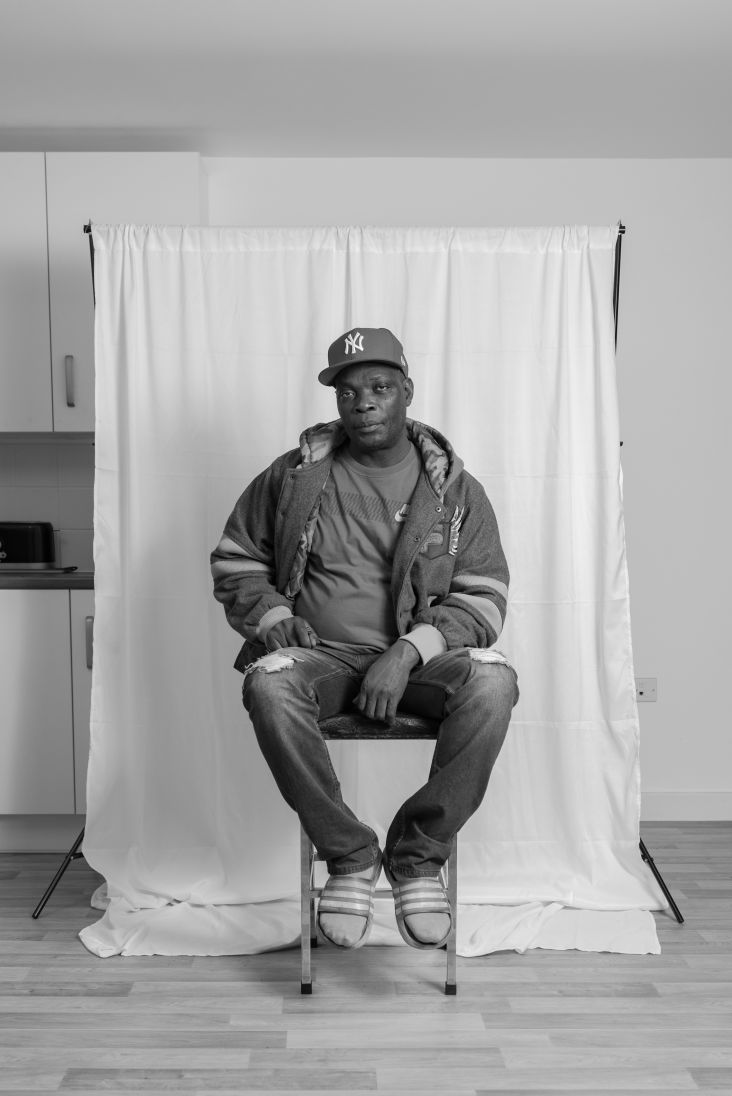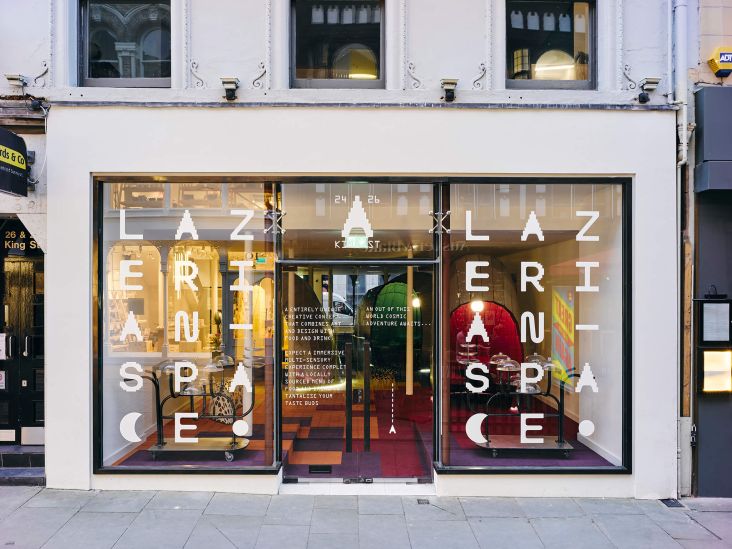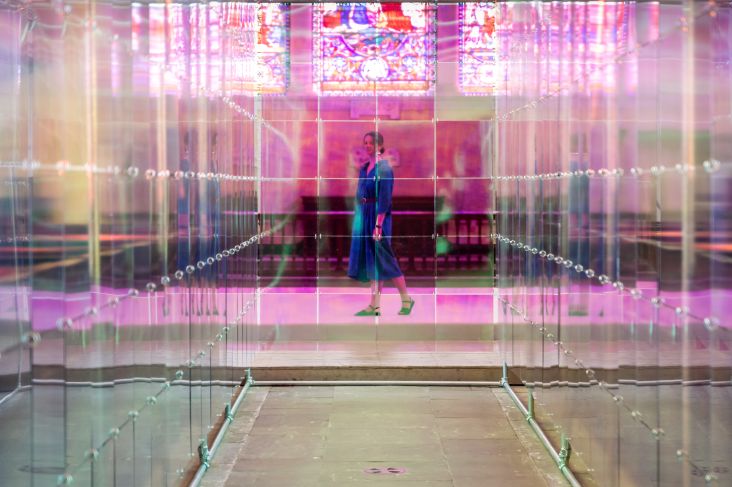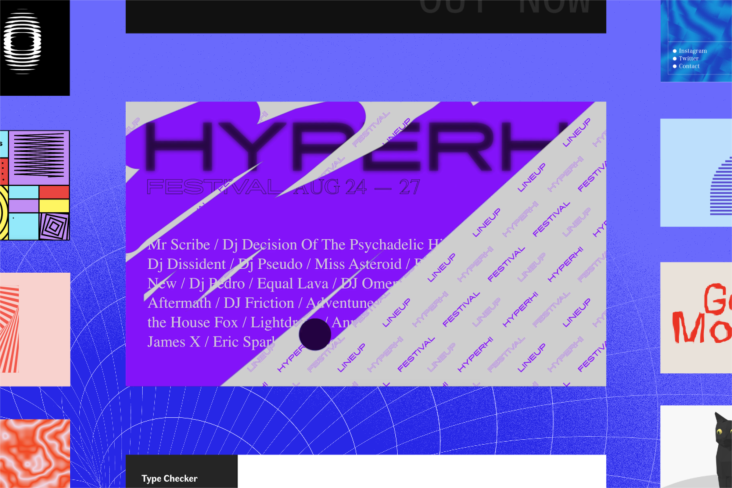
Image licensed via Adobe Stock
For most of us, that's actually very difficult to do so. However empathic we are, it's natural to make assumptions about how people will respond to and interact with our designs based on our own experiences.
This is why there's an increasing movement within the design world towards scientific analysis, evidence-based research and data-driven decisions. Because while people are fallible, facts and figures are much more reliable. But what does this approach actually look like in practice?
We've teamed up with Created – the online academy offering hands-on courses in UI design, UX design, and motion design – to explore this topic.
The importance of data
When it comes to hard evidence and factual data about people's behaviour, there's an abundance available to the owners of apps and websites. And so it's not surprising that the influence of data on design thinking today is most marked in the fields of UX (user experience) and UI (user interface) design.
One of the most popular and effective techniques is A/B testing, where two slightly different versions of a website or app are served up to two halves of the audience, and the one that gets the most engagement will be examined closely for reasons why. Other techniques include surveys and user testing, site analytics and broader customer research.
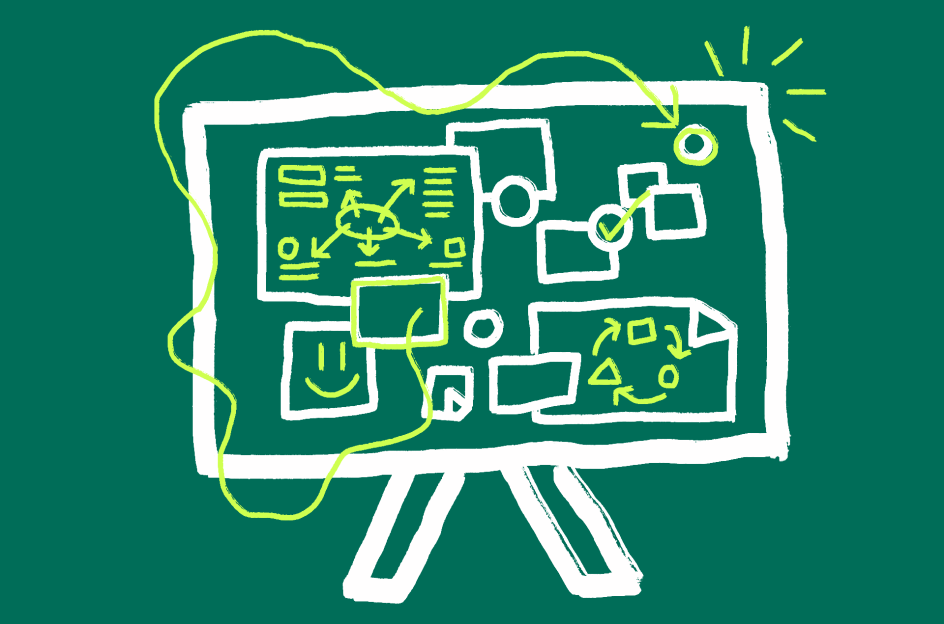
In short, if you want to become a UX designer, you need to learn to understand data. "Without data, you're effectively throwing a dart at a dartboard while blindfolded," says Ben Mottershead, founder of Studio BND and a Created mentor.
"Without it, there's almost no chance of your designs yielding interesting or correct results because you have nothing informing your process or decision making. And with the ease that data can be collected and catalogued now, I think you'd have to be very ignorant to deny its place in the world and subsequently the creative process."
However, that also means there's never been a time when so much emphasis needs to be placed on accurate, well-established data. "Otherwise, we fall into the trap of being led by echo chambers within our decision making."
Future trends
Ben believes data is going to become more and more important to design over the next decade, thanks to the rise of AI, machine learning and other technological advancements. "I expect we'll see a heavy influx in design which has been influenced by specific data groups, and with the rise of key issues such as BLM, disability and gender disparity within the work, this access to data could be incredibly rewarding," he notes.
He also believes that increasing access to data by younger, tech-savvy generations will be invaluable to the progression of design.
"These generations will be amongst the first to have open access to information and consequently could evolve the creative process in ways we haven't yet considered," Ben points out. "With that comes an overwhelming feeling of responsibility. Even at 29 years old, I feel it's on people like myself, as well as older creative people, to mentor and foster this potential, so it can be used in ways that benefit the world rather than hinder it."
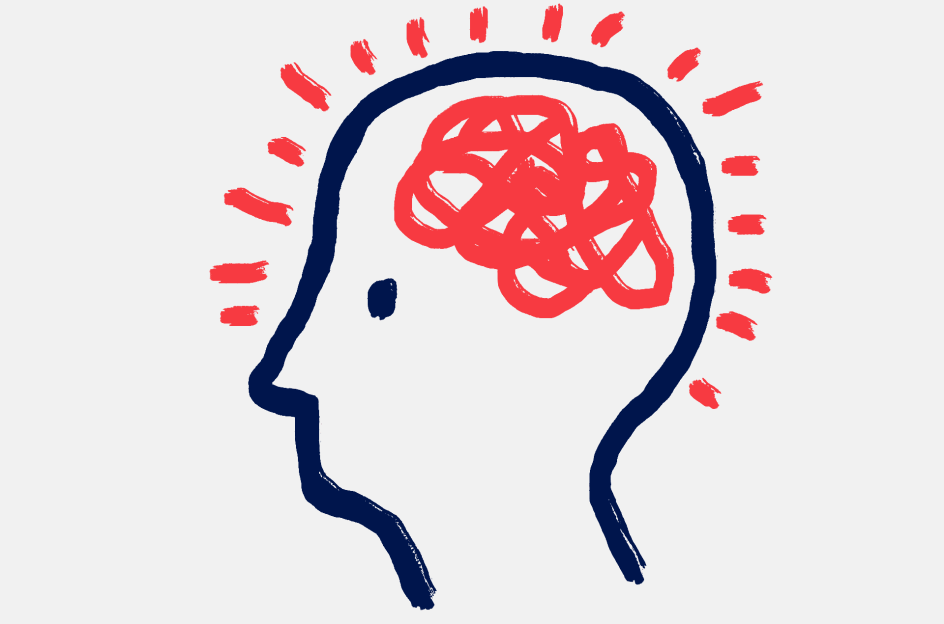
The balance between data and creativity
That doesn't, of course, means that data can replace creativity by itself. "Data is a tool, an input," explains Stuart Watson, founder of Nomad Studios and a member of Created's Industry Board. "You have to know what to do with it to make it useful. Using data in creative ways can be a game-changer, but you must first be creative in finding a way to use it.
"For example," he continues, "telematics – vehicle tracking – can be seen as dots on a map. Dull. But by looking into the data, you see things that are mind-blowing, like how New York City can control traffic signals to help emergency vehicles flow through a congested city. Or how mapping windscreen wipers on millions of cars can give you immediate, accurate weather reports that power our weather apps."
Ben couldn't agree more. "If you rely too heavily on data, it stagnates the design process and ultimately has the potential to reduce any innovative ideas and thoughts – i.e., 'We can't do that because it doesn't do this'. The best place to lie is in the ethereal middle-ground. It takes much more practice to get right and ultimately requires greater skill. But when executed effectively, you can't go wrong."
Using research to better understand your audience, product or service can help to shape brand strategy and give clients the confidence to be brave when you take the creative leap later on.
Getting the balance right
So what does getting the right balance between science and inspiration look like in practice? "Process and rigour play a huge part in the journey to creating a new brand," says Stuart. "The two go hand-in-glove, and we go on that journey with our clients. It's methodical and takes in all kinds of inputs. But to create something truly new, there has to be a creative leap — and only gut can get you there. Gut is everything you've ever felt and experienced, coming together in a single moment of inspiration."
In other words, research is an important part of the process, but it should never decide the outcome. "It's dangerous to ask a bunch of strangers put together in an artificial environment to decide the outcome of your brand," says Stuart. "But having said that, using research to better understand your audience, product or service can help to shape brand strategy and give clients the confidence to be brave when you take the creative leap later on."
Learn UX and UI design with Created
Created is an online academy dedicated to giving creative people the skills they need to succeed in the real world. This means you'll spend most of your time working on hands-on client briefs rather than purely theory, making you much more employable and helping you build up an impressive portfolio.
Along the way, you'll get feedback from real-world professionals to keep you on track, as well as working, supporting and collaborating with other budding creatives.
Taking place entirely online, Created's offers the following courses: UX Foundation, UX Professional, UI Foundation and UI Professional. They're the ideal way to upskill or kickstart a career in UX and UI design: find out more at created.academy.





 by Tüpokompanii](https://www.creativeboom.com/upload/articles/58/58684538770fb5b428dc1882f7a732f153500153_732.jpg)

 using <a href="https://www.ohnotype.co/fonts/obviously" target="_blank">Obviously</a> by Oh No Type Co., Art Director, Brand & Creative—Spotify](https://www.creativeboom.com/upload/articles/6e/6ed31eddc26fa563f213fc76d6993dab9231ffe4_732.jpg)









